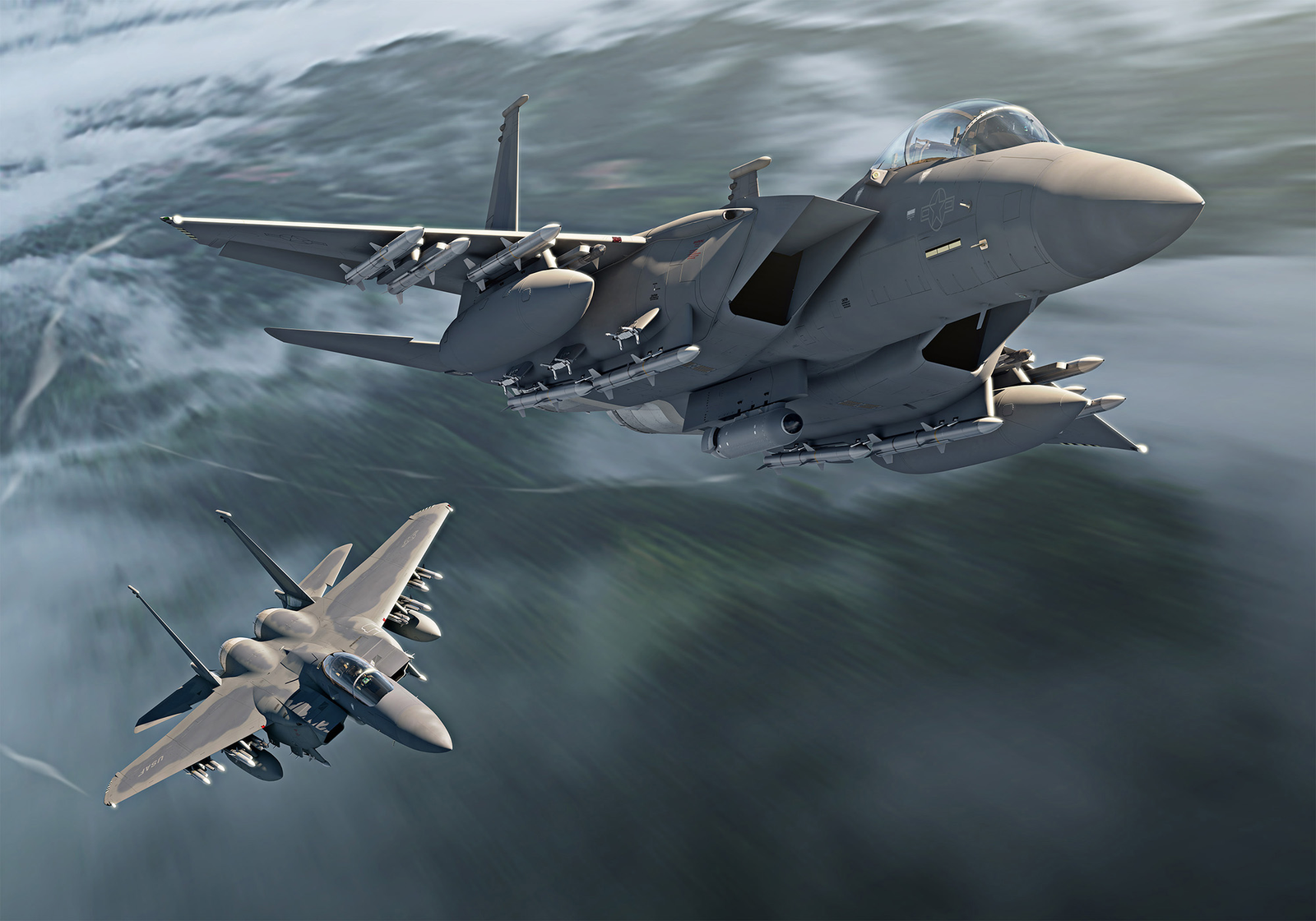
For decades, the weight of world air supremacy has rested on the shoulders of old-fashioned fighter aircraft such as the F-15C and F-15D in the U.S. Air Force. But with threats changing and older aircraft showing signs of aging, a definite decision needed to be made: continue to modernize weathered airframes or get something new to the mix. That solution arrived in the guise of the F-15EX Eagle II—a contemporary update of a tried-and-tested airframe, reimagined to serve today’s requirements and tomorrow’s unknowns.

First impressions may suggest that the F-15EX resembles its ancestors, but beneath its similarly styled lines is an entirely new platform. The Eagle II is designed to flourish in extreme combat conditions with fly-by-wire technology, a digital cockpit, and a fresh set of electronic warfare systems called the Eagle Passive/Active Warning and Survivability System (EPAWSS).

It’s these technologies, along with their flexibility and heavy payload capability, that provide the jet with an unmatched advantage. According to F-15EX program leaders, the jet’s open systems architecture makes it easier to upgrade with new tech, including future weapons and avionics, without major overhauls. And with its ability to carry hypersonic missiles, it has carved out a specialized role for itself in the Air Force’s tactical playbook.

The saga of the Eagle II began in earnest in early 2019 when the Air Force determined it was time to face the increasing readiness challenges of its old F-15C/D force. Rather than continue to stretch the life of those older aircraft, the decision was made to invest in a new plane that would have the Eagle’s DNA but with much more capability. Boeing delivered the first F-15EX in March 2021, a month after the first flight of the jet. Four of the new jets were already being tested at Eglin Air Force Base by the end of 2023, setting the stage for the full integration of the fleet.

The Air Force originally intended to purchase 144 F-15EXs. But when budgetary priorities changed, that was reduced to 98. But the aircraft has performed well in operational tests. Testing has demonstrated that the Eagle II can effortlessly exchange data with other platforms, shoot advanced missiles, and survive in high-threat environments.

The third and fourth planes in the line, EX3 and EX4, added new features such as a cockpit pressure warning system, satellite communications upgrades, and a new forward fuselage design to address certain U.S. Air Force requirements—good indicators that the program is paying close attention to feedback and adapting in the moment.

One of the central aspects of the F-15EX narrative is the Air National Guard, which took the lead in accepting the jet. The 142nd Wing in Portland, Oregon, became the first operational unit to receive the aircraft, a historic move that put a new-generation fighter directly into the hands of Guardsmen before active-duty squadrons. Eighteen jets are scheduled for delivery to Portland, with more heading to Fresno, California, and New Orleans, Louisiana. Oregon leaders have indicated the F-15EX as a game-changer for domestic defense, supporting both home security and mission preparedness.

Beneath the surface, the F-15EX is a powerhouse. Dual F110-GE-129 engines provide it with unparalleled speed—up to Mach 2.5—which makes it the world’s fastest operational combat fighter. Its weaponry is equally formidable, carrying the capacity for as many as 12 air-to-air missiles and launching hypersonic missiles of up to 22 feet in length. Its radar, the APG-82(V)1 AESA, enables it to track more than one target at a distance and provides pilots with the equipment to respond quickly in combat.

Of course, the journey hasn’t all been seamless. Budget limitations still affect how many jets the Air Force can put online. The FY25 defense budget, for example, had 18 F-15EXs and 42 F-35As—in reduced numbers from the original submission—showing the tight budgetary choices the military must make to balance modernization with budget constraints. These backlogs and cutbacks directly influence how quickly older planes can be phased out and how rapidly the newer models can replace them.

In the face of those headwinds, however, the F-15EX is still a central pillar in the future of American airpower. Its capacity to fill gaps between stealth fighters like the F-35, play a broad range of roles, and absorb fast-changing technology makes it one of the most versatile aircraft in the fleet. Boeing has called the F-15EX the backbone of tomorrow’s tactical airpower—and it is easy to understand why.

As more of these jets are added to the Air Force’s fleet, they bring with them not only missiles and advanced systems but also the tradition of American air superiority. The Eagle II is not only a fighter—it’s a message that America is willing to do what it takes to stay ahead in the skies, no matter what the future holds.
